Stem Cell Therapy in Mexico: Top-Rated Clinics and Destinations
.png)
If you're exploring options for stem cell therapy, you've likely heard about Mexico's growing reputation in regenerative medicine. Many people are discovering that Mexico offers not only advanced treatments but also a supportive environment for international patients. It’s natural to wonder where exactly to go to get the best care. You're not alone in seeking clear, reliable information to make an informed decision about your health.
The appeal of seeking stem cell therapy in Mexico stems from several factors, including accessible pricing, often less restrictive regulations compared to some other countries, and a commitment to patient care. This guide will walk you through the key considerations, top locations, and important questions you should ask when planning your medical journey. Let's delve into what makes certain Mexican cities stand out for their regenerative treatments.
Which cities in Mexico are best for stem cell therapy?
When considering stem cell therapy in Mexico, three cities consistently rise to the top: Tijuana, Guadalajara, and Cancun. These locations have invested significantly in their medical facilities and attract highly trained doctors specializing in regenerative medicine.
Tijuana, located just across the border from San Diego, California, is a popular choice for North American patients due to its easy accessibility. It boasts numerous clinics offering various types of stem cell treatments, often utilizing cutting-edge technology and adhering to international standards. The city has a long-standing history as a medical tourism hub, making it well-equipped to handle international patients.
Guadalajara, a major metropolitan area in central Mexico, is known for its academic and medical prowess. It hosts several world-class hospitals and research institutions, which translates into advanced stem cell therapy options. Patients often find highly specialized care here, especially for complex conditions. Cancun, while famous for its tourism, has also developed a reputation for high-quality medical services, including regenerative medicine. Its appeal often combines treatment with a relaxing recovery environment.
What are the average costs of stem cell therapy in Mexico?
One of the primary reasons many individuals choose Mexico for stem cell therapy is the significant cost savings compared to countries like the United States or Canada. However, it's important to understand that "average cost" is a broad term, as prices vary widely based on several factors.
Factors influencing the cost include the specific condition being treated, the source of the stem cells (e.g., adipose-derived, bone marrow-derived, umbilical cord-derived), the quantity of cells administered, the number of treatment sessions required, and the reputation and location of the clinic. For example, a basic joint injection for osteoarthritis might be on the lower end, while treatment for a complex autoimmune disease could be considerably higher.
To give a general idea, treatment for conditions like knee osteoarthritis might start around $5,000 to $8,000. For more extensive treatments targeting neurological or autoimmune disorders, prices could range from $15,000 to $25,000 or even higher for comprehensive protocols. It's crucial to request a detailed quote from potential clinics that outlines all inclusions, such as consultations, diagnostic tests, the procedure itself, and follow-up care.
Is stem cell therapy in Mexico safe and regulated?
The safety and regulation of stem cell therapy in Mexico are common concerns for prospective patients. While regulations might differ from those in the U.S. or Europe, Mexico has a framework for approving and monitoring clinics that offer regenerative medicine. The key is to choose clinics that are transparent about their practices, hold proper licenses from COFEPRIS (Mexico's health regulatory agency), and follow ethical guidelines.
Many top-tier clinics in Mexico voluntarily seek international accreditations or adhere to protocols that meet or exceed global standards. They often employ highly trained medical professionals who have specialized experience in administering stem cell treatments. Patient testimonials, doctor credentials, and facility accreditations are vital indicators of a clinic's commitment to safety and quality care.
It's important to differentiate between legitimate medical facilities and unregulated operations. Always conduct thorough research, ask for documentation regarding accreditations and doctor qualifications, and ensure the clinic explains their cell sourcing, processing, and administration protocols. Reputable clinics will prioritize patient safety and provide comprehensive information to address any concerns.
What types of stem cells are typically used in Mexico?
Mexican clinics offering stem cell therapy primarily utilize mesenchymal stem cells (MSCs) due to their multipotent properties and immunomodulatory effects. These cells can differentiate into various cell types and possess anti-inflammatory and regenerative capabilities. The sources of these MSCs are diverse:
- Umbilical Cord Tissue: This is a popular source for allogeneic (donor) stem cells. Umbilical cord MSCs are considered "naïve" and have high proliferative capacity, making them potent for regenerative purposes. They are often preferred for their ease of collection and minimal ethical concerns.
- Adipose (Fat) Tissue: Autologous (patient's own) MSCs can be harvested from adipose tissue through a minimally invasive liposuction procedure. These cells are readily available in significant quantities and are a common choice for various orthopedic and aesthetic applications.
- Bone Marrow: Also an autologous source, MSCs from bone marrow are collected from the patient's hip bone. This is a well-established method, particularly effective for bone and cartilage regeneration.
Some clinics might also offer treatments involving platelet-rich plasma (PRP), which, while not strictly stem cell therapy, is a powerful regenerative treatment often used in conjunction with stem cells to enhance healing and recovery. The choice of cell type depends on the specific condition being treated and the clinic's protocols.
Can stem cell therapy in Mexico help with autoimmune diseases like MS or Lupus?
For individuals living with autoimmune diseases such as Multiple Sclerosis (MS) or Lupus, stem cell therapy in Mexico offers a promising avenue of treatment. The appeal lies in the unique properties of mesenchymal stem cells (MSCs) to regulate the immune system, reduce chronic inflammation, and potentially promote tissue repair.
In conditions like MS, where the immune system attacks nerve coverings, MSCs are thought to dampen this immune response, protect existing nerve cells, and potentially encourage myelin regeneration. For Lupus, a systemic autoimmune disease, MSCs may help to restore immune balance, reduce inflammation affecting various organs, and alleviate symptoms.
While stem cell therapy is not a guaranteed cure, many patients report improvements in symptoms, quality of life, and a reduction in the progression of their disease. It's crucial for patients with autoimmune conditions to consult with clinics that have specific experience in treating these complex disorders and to have realistic expectations about the outcomes. Personalized treatment plans are often developed based on the patient's specific diagnosis and disease progression.
How does stem cell therapy in Mexico work for osteoarthritis?
Osteoarthritis, a degenerative joint disease characterized by the breakdown of cartilage, is one of the most common conditions treated with stem cell therapy in Mexico. The procedure typically involves isolating MSCs, often from the patient's own fat tissue or bone marrow, or using ethically sourced umbilical cord-derived MSCs.
These concentrated stem cells are then injected directly into the affected joint, such as the knee, hip, or shoulder. Once introduced, the MSCs are believed to exert several beneficial effects:
- Anti-inflammatory Action: MSCs release anti-inflammatory molecules that help reduce swelling and pain within the joint.
- Pain Reduction: By reducing inflammation and promoting healing, MSCs can significantly alleviate chronic joint pain.
- Tissue Regeneration: MSCs have the potential to differentiate into cartilage-like cells, helping to repair or regenerate damaged cartilage, and they also release growth factors that support the body's natural healing processes.
Patients often experience reduced pain, improved joint function, and a better quality of life following stem cell treatment for osteoarthritis. The minimal invasiveness and potential for long-lasting relief make it an attractive option for those looking to avoid or delay surgery.
What should I look for in a stem cell clinic in Mexico?
Selecting the right stem cell clinic in Mexico is paramount for a safe and effective treatment experience. With many clinics available, knowing what to prioritize can help you make an informed decision.
Here are key factors to consider:
- Accreditation and Licensing: Ensure the clinic is officially licensed by COFEPRIS (Mexico's Federal Commission for the Protection against Sanitary Risks) and any relevant state health authorities. International accreditations, if available, can also indicate a commitment to global standards.
- Doctor's Credentials and Experience: Verify the qualifications, specialization, and experience of the doctors administering the therapy. They should be board-certified and have a strong background in regenerative medicine.
- Transparency of Protocols: A reputable clinic will be open about its cell sourcing (autologous vs. allogeneic), processing methods (e.g., in-house lab, third-party lab), cell viability, and administration techniques.
- Patient Testimonials and Reviews: Seek out genuine patient experiences and reviews to gauge the clinic's reputation, quality of care, and patient satisfaction.
- Comprehensive Consultation: The clinic should offer a thorough pre-treatment consultation, including medical history review, diagnostic testing, and a personalized treatment plan with clear expectations.
- Post-Treatment Care: Understand what follow-up care and support are provided after your stem cell treatment.
What is the process for receiving stem cell treatment in Mexico as a medical tourist?
For those traveling to Mexico for stem cell therapy, the journey involves several structured steps designed to ensure a smooth experience. Medical tourism facilitators or the clinics themselves often assist with many of these arrangements.
- Initial Consultation & Evaluation: This typically starts remotely. You'll share your medical records, diagnostic tests, and health history with the chosen clinic. Their medical team will review your case to determine if you are a suitable candidate for stem cell therapy and propose a personalized treatment plan.
- Travel Arrangements: Once the treatment plan is confirmed and costs are agreed upon, you'll arrange your travel. Clinics often provide assistance with airport transfers, accommodation options, and local logistics, especially in medical tourism hubs like Tijuana or Cancun.
- On-site Diagnostics & Treatment: Upon arrival, you'll undergo a more comprehensive in-person consultation and potentially further diagnostic tests. The stem cell treatment itself will then be administered, which may involve intravenous infusions, localized injections, or a combination.
- Post-Procedure Care & Follow-up: After the treatment, the clinic will provide instructions for post-procedure care and monitor your immediate recovery. Many clinics offer ongoing remote follow-up consultations to track your progress.
It's advisable to plan for a few days of recovery in Mexico before traveling back home, allowing your body to rest and begin the healing process.
Are there any specific diseases for which stem cell therapy in Mexico is particularly sought after?
Mexico has become a popular destination for stem cell therapy for a wide range of conditions, primarily focusing on chronic and degenerative diseases where conventional treatments may offer limited relief. The emphasis is often on improving quality of life, reducing symptoms, and slowing disease progression.
Some of the most frequently treated conditions include:
- Orthopedic Conditions: Especially osteoarthritis of the knees, hips, shoulders, and spine, as well as tendon and ligament injuries.
- Autoimmune Diseases: Including Multiple Sclerosis (MS), Lupus, Rheumatoid Arthritis, Crohn's Disease, and Psoriasis, where immunomodulatory effects of MSCs are beneficial.
- Neurological Disorders: Such as Parkinson's disease, Alzheimer's disease, stroke recovery, and spinal cord injuries, aiming to promote neuroprotection and regeneration.
- Chronic Pain: Conditions like fibromyalgia, neuropathy, and chronic regional pain syndrome.
- Anti-aging and Wellness: Some clinics offer treatments for general rejuvenation, skin health, and vitality.
The broad applicability of stem cells' regenerative and anti-inflammatory properties makes them suitable for a diverse group of patients seeking alternative or complementary treatments.
What are the potential benefits and risks of stem cell therapy in Mexico?
Understanding both the potential benefits and risks is crucial for anyone considering stem cell therapy in Mexico. While many patients experience positive outcomes, it's not a miracle cure, and results can vary.
Potential Benefits:
- Pain Reduction: Significant relief from chronic pain in joints, muscles, and nerves.
- Improved Function: Enhanced mobility, range of motion, and overall physical capability.
- Tissue Regeneration: Potential to repair or regenerate damaged cartilage, bone, muscle, and nerve tissue.
- Reduced Inflammation: Powerful anti-inflammatory effects that benefit autoimmune and degenerative conditions.
- Minimally Invasive: Most treatments are outpatient procedures with quick recovery times compared to surgery.
Potential Risks and Side Effects:
- Infection: As with any injection or procedure, there's a small risk of infection at the injection site.
- Allergic Reaction: Though rare, an allergic reaction to the cellular product or other substances used in the procedure is possible.
- Temporary Discomfort: Patients may experience temporary pain, swelling, or bruising at the injection site.
- Insufficient Results: Not everyone responds to stem cell therapy in the same way, and some may not experience the desired level of improvement.
- Tumor Formation: While highly theoretical with adult MSCs, it's a concern associated with pluripotent stem cells and emphasizes the need for reputable clinics.
Choosing a highly reputable clinic with stringent safety protocols significantly mitigates these risks, making stem cell therapy in Mexico a viable and generally safe option for many.
How does medical tourism in Mexico support stem cell patients?
Mexico's well-established medical tourism industry plays a crucial role in supporting international patients seeking stem cell therapy. This infrastructure goes beyond just offering advanced medical procedures; it encompasses a holistic approach to patient care.
Key aspects of this support include:
- Cost-Effectiveness: As mentioned, treatments are significantly more affordable than in many Western countries, making advanced regenerative medicine accessible to more people.
- Specialized Clinics and Expertise: Mexico has numerous clinics focusing exclusively on stem cell therapy, often staffed by doctors with international training and extensive experience.
- Bilingual Staff: Most clinics catering to international patients have English-speaking doctors, nurses, and administrative staff, ensuring clear communication.
- Logistical Support: Many clinics or medical tourism facilitators offer comprehensive services including airport pickup, accommodation booking, transportation to appointments, and even assistance with local activities.
- Reduced Wait Times: Unlike some public healthcare systems, patients can often schedule and receive stem cell treatment much faster in Mexico.
This integrated support system helps alleviate the stress of international travel for medical purposes, allowing patients to focus on their treatment and recovery.
What are the long-term outcomes typically observed from stem cell therapy in Mexico?
The long-term outcomes of stem cell therapy in Mexico are a crucial consideration for patients. While individual results vary greatly depending on the condition treated, patient's overall health, and the specific treatment protocol, many individuals report sustained benefits.
For conditions like osteoarthritis, patients often experience lasting pain reduction and improved joint function for months to years, potentially delaying or even avoiding surgical interventions. In autoimmune diseases, the long-term benefits can include a more stable disease course, fewer flare-ups, reduced reliance on traditional medications, and overall better immune regulation.
It's important to remember that stem cell therapy is not always a one-time fix. Some conditions may require periodic booster treatments to maintain the benefits. Reputable clinics will discuss expected long-term outcomes, potential need for future treatments, and provide guidance on lifestyle adjustments to support the regenerative process. Regular follow-up with your primary healthcare provider is also essential to monitor your progress and overall health.
Ready to explore your options for advanced healthcare?
Discover trusted solutions and connect with leading providers worldwide.
Explore PlacidWay for Medical Tourism Solutions
.png)





.jpg)
.png)
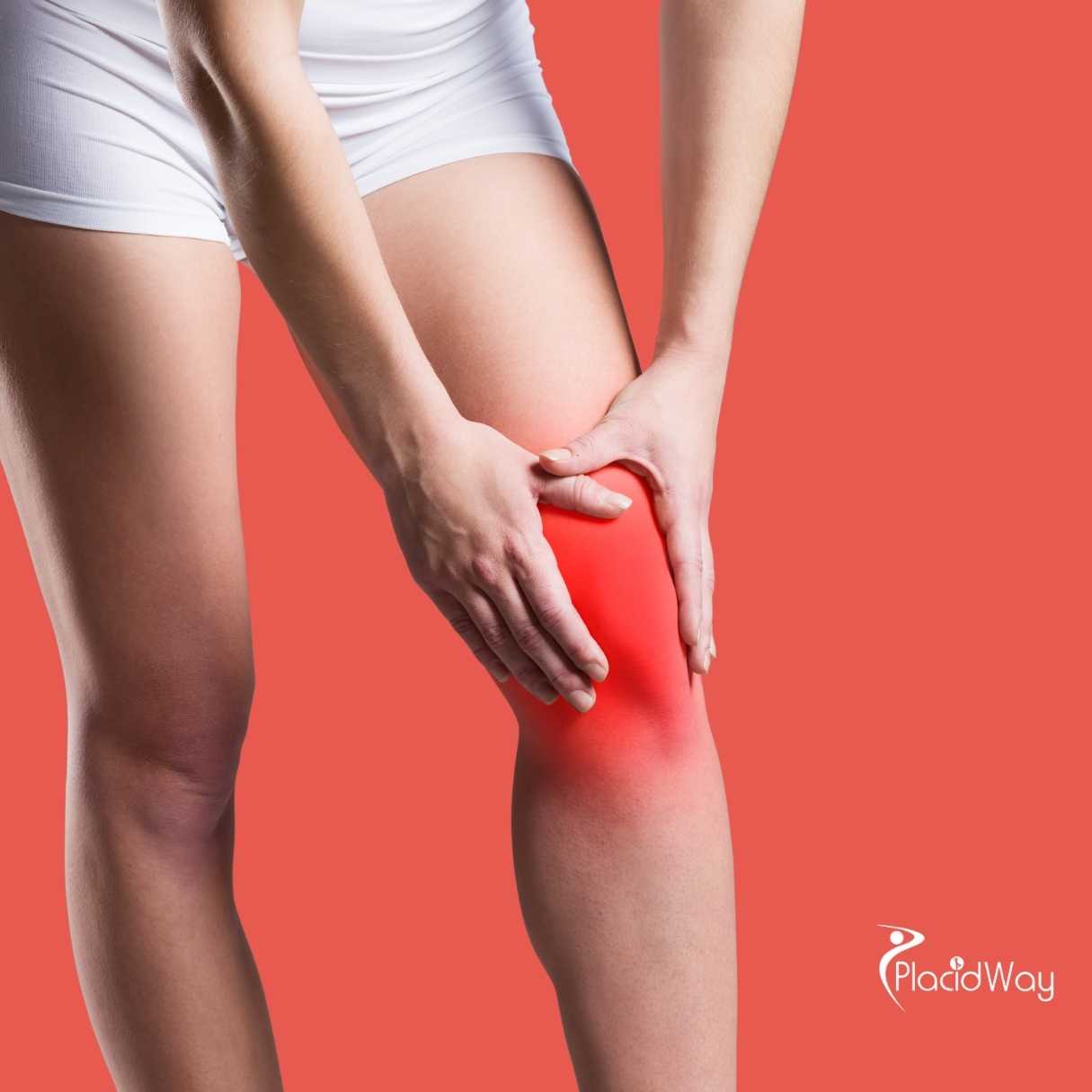
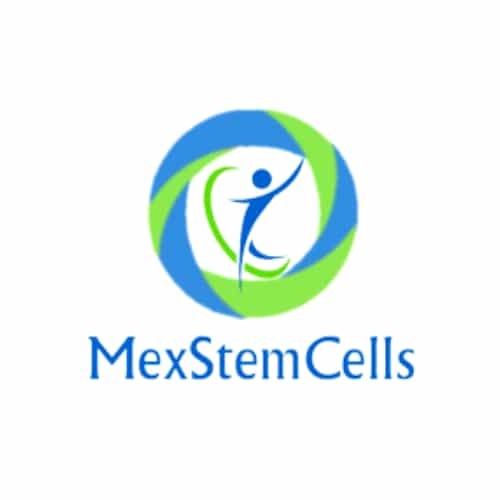
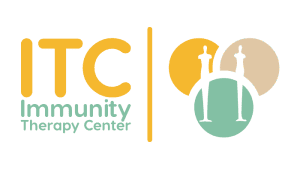
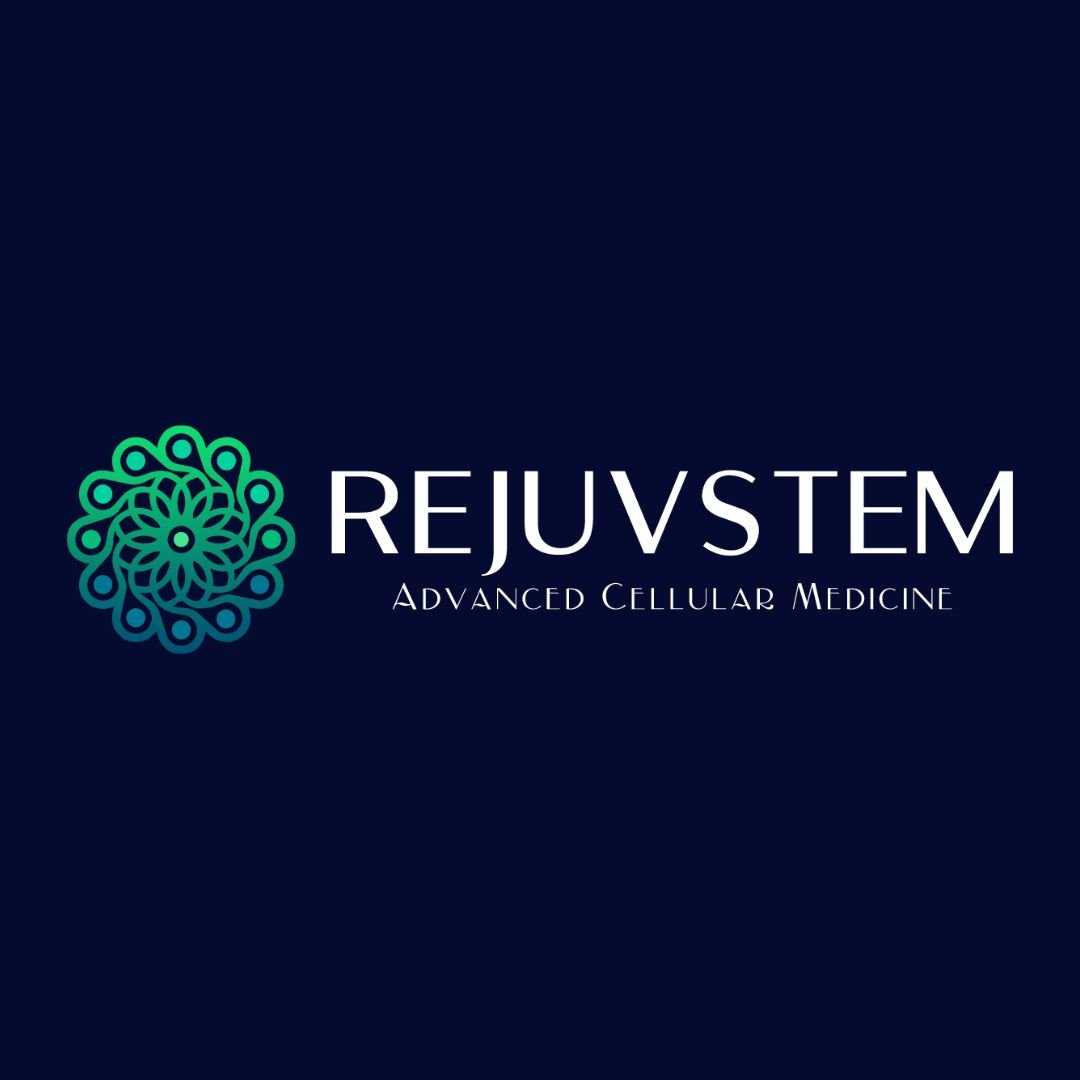

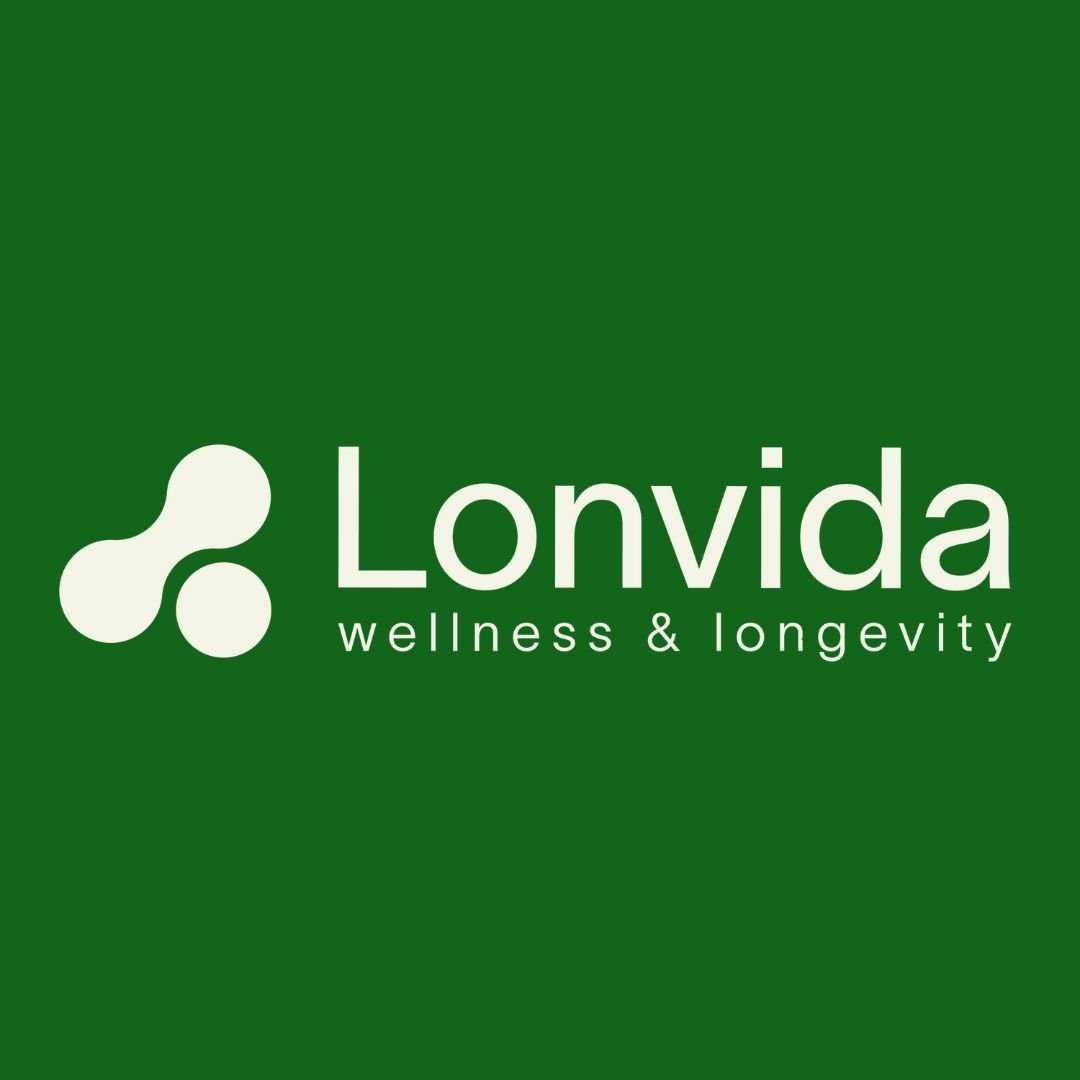

Share this listing